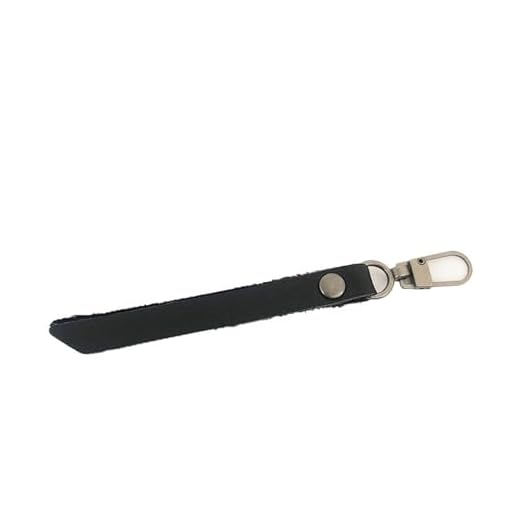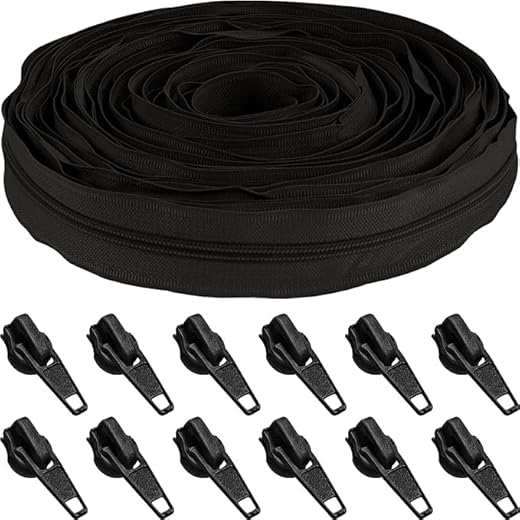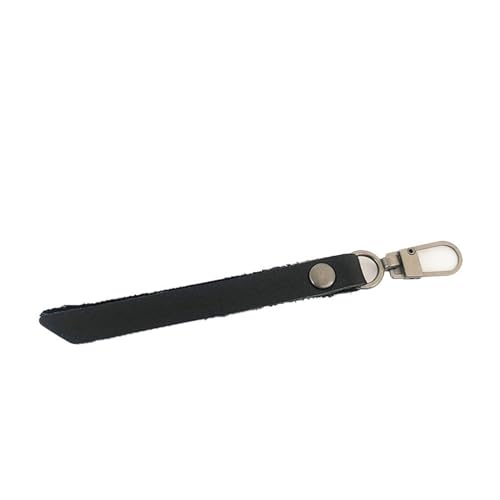







To effectively identify zipper elements on travel bags, focus on understanding the fundamental components: the tape, slider, teeth, and pull tab. Each of these sections plays a critical role in functionality and durability.
Tape forms the long, fabric portion that anchors the entire mechanism. It is typically made from nylon or polyester and is crucial for the overall structure of the zipper. Assessing the quality of the tape can provide insight into the lifespan of the bag.
Slider acts as the moving segment that opens and closes the zipper. Proper maintenance, such as lubrication, can ensure smooth operation. Look for robust construction, as a weak slider can lead to failure.
Teeth interlock when the zipper is engaged, forming a solid closure. They can be made from plastic or metal, with the latter providing greater strength and durability. Regular cleaning can prevent debris from interfering with their functionality.
Pull tab is the small handle attached to the slider, allowing for easy opening and closing. A well-designed pull tab offers a comfortable grip and enhances usability, an often overlooked yet significant detail.
Understanding the Slider Mechanism
Regular maintenance enhances function. Periodically detach the slider from the track to clean debris. Use a soft brush or cloth to remove any obstructions that may hinder movement.
Lubrication is key to smooth operation. Apply a wax or silicone-based lubricant along the sides of the teeth to ensure fluid engagement when pulling the slider. Avoid grease-based products, which can attract dirt.
Check for alignment regularly. If the slider misaligns, it may jam. Gently adjust it back into position, ensuring all components are in line. Replace any broken teeth as needed to prevent further issues.
During usage, avoid overstuffing pockets–this strains the slider and may cause premature wear. Utilize compartments efficiently to maintain even distribution of contents.
For damaged sliders, replacement can be a cost-effective solution. Acquire a compatible slider and follow manufacturer instructions for installation, ensuring compatibility with your specific model.
Identifying Different Types of Zipper Teeth
For optimal selection, consider manufacturers’ categories of closure mechanisms. Common types include coil, metal, and plastic. Each type offers specific benefits and applications.
Coil Teeth
Coil teeth are made from flexible nylon, making them lightweight and suitable for a variety of items. They are less prone to snagging and are ideal for softer materials, such as clothing and bags.
Metal Teeth
Metal teeth provide robust durability, often used in high-end products. They are resistant to wear and look appealing but can add significant weight. This type is preferred for jackets and heavy-duty luggage.
Plastic teeth are both lightweight and corrosion-resistant. Commonly found in everyday items, they are versatile and cost-effective.
Understanding these variations assists in choosing the right zipper for specific purposes. For example, if seeking leisure activities, consider a trip to see the best aquarium in san diego ca, where design nuances are evident in various aquatic enclosures.
The Role of the Zipper Tape in Luggage
Zipper tape serves as the backbone of any carry-on or suitcase, providing structural integrity and durability. Typically made from polyester or nylon, this component is designed to withstand the rigors of travel, ensuring longevity under various conditions.
When selecting a travel bag, pay attention to the tape’s width and material quality. A wider tape often distributes stress more effectively, reducing the risk of tearing. High-denier fabric offers better abrasion resistance, which is key for frequent flyers and adventure seekers.
Manufacturers often interface the tape with water-resistant coatings, enhancing protection against moisture infiltration. For optimal performance, inspect the seams connecting the tape to the fabric. Reinforced stitching strengthens these areas, preventing breakage during heavy use.
Another critical aspect is the tape’s color and design, which can affect the overall aesthetics and style of the bag. Opting for contrasting colors can provide visual appeal while ensuring functionality is not compromised.
Ultimately, understanding the specifications of the cushioning and stretching capabilities of the tape will aid in making an informed purchase, aligning with individual travel habits and needs.
Exploring the Zipper Pull and Its Variants
The zipper pull is an often-overlooked component that significantly influences user experience. Selecting the right type enhances functionality and style. Distinct options exist, catering to various preferences and needs.
Types of Pulls
Standard pulls feature a simple design, typically made from plastic or metal, providing ease of use. For added grip, ergonomic pulls with textured surfaces or larger dimensions offer increased tactile feedback. Decorative variants serve aesthetic purposes, often showcasing brand logos or unique designs.
Specialized Pull Variants
Some designs include dual or multi-pulls, enabling access from different angles, which can be particularly beneficial for larger bags. Customizable pulls allow personalization, permitting users to attach charms or tags for individual flair. Magnetic pulls simplify operation by allowing hands-free functionality, ideal for individuals with mobility challenges.
Recognizing the Function of Zipper Stops
When examining the assembly of your travel gear, it’s vital to acknowledge the zipper stops. These components effectively prevent the slider from detaching from the tape, ensuring smooth usage and longevity of the closure mechanism.
There are typically two types of zipper stops: top and bottom. The top stop functions to secure the slider in position, preventing it from sliding off when fully closed. Conversely, the bottom stop acts similarly but is located at the opposite end, ensuring the slider doesn’t leave the assembly when opened. Both types are essential for maintaining functionality and preserving the integrity of the overall design.
Material and Durability
Zipper stops can be crafted from various materials, including metal and plastic. Metal stops tend to offer greater durability, appropriate for heavy-use situations, while plastic stops are often lighter and can reduce weight in lighter bags. Considerations for wear and tear should guide your choice when selecting a new piece for your collection.
For those seeking multi-functional equipment, exploring options such as the best all purpose backpack can provide insight into how integrated components work together for optimal performance.
Maintenance Tips
Regular maintenance can extend the lifespan of your travel pack. Ensuring that the stops remain free of debris and are intact will mitigate the risk of slider malfunction. Periodically checking alignment can also prevent the zipper from jamming, preserving functionality for your journeys.
Maintenance Tips for Longevity of Zipper Components
Regularly clean the teeth and tape to prevent dirt buildup. Use a soft cloth or brush to remove debris gently.
Apply a suitable lubricant, like paraffin wax or silicone spray, on the slider and teeth to enhance movement. Avoid oils, as they can attract dirt.
Avoid overloading compartments to prevent stress on components. Ensure contents are distributed evenly.
Inspect the top and bottom stops for signs of wear. Replace them immediately if damaged to maintain proper functionality.
Store in a dry place. Humidity can cause rust and other deterioration. Consider using silica gel packets for moisture absorption.
If the slider becomes stuck, do not force it. Instead, check for obstructions or apply more lubricant to improve functionality.
Handle with care. Avoid pulling or yanking on the pull tab, as this can lead to breakage or misalignment.
Consider periodic professional maintenance if frequent use leads to noticeable wear. Professionals can address issues beyond simple cleaning and lubrication.







